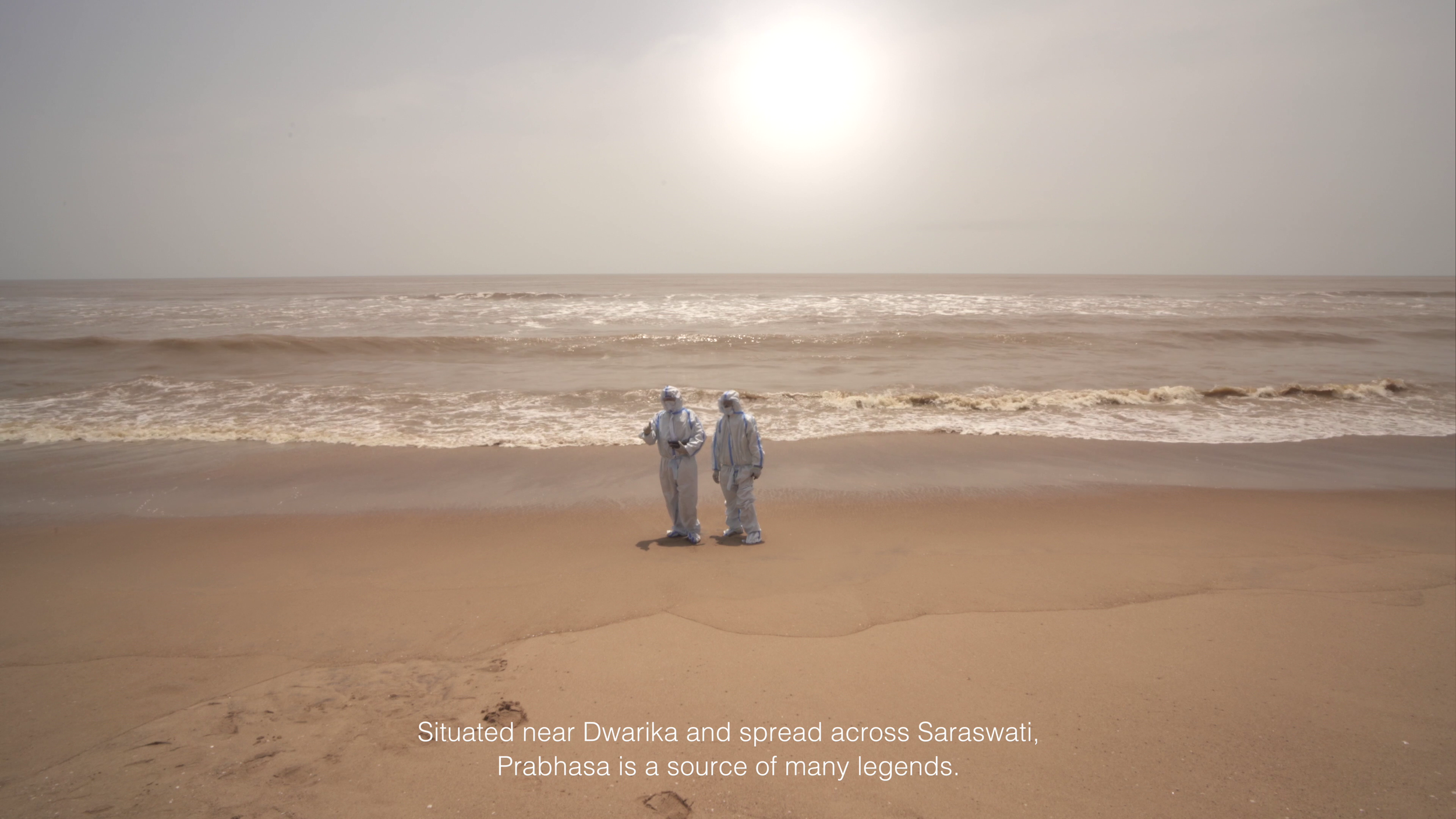MONITOR 15: Clearings in the Fog
Featuring short films by Mani Mazinani, Ali Satri Efendi, Abeer Khan, Nimisha Srivastava, Nada El-Omari, and Paribartana Mohanty
Curated by Faraz Anoushahpour
Open Space is pleased to work with SAVAC (South Asian Visual Arts Centre) to present the 15th edition of its experimental film and video program, MONITOR. Since 2005, MONITOR has initiated dialogue around the shifting nature of politics, economies, and landscapes across the Global South and its diasporas.
In Clearings in the Fog, artists turn to their landscapes and bodies for resonance, reverberation, and echo. Through various forms and narrative structures, each film creates modulating relations that animate insides and outsides, subjects and objects, forms of sensing and sounding with worlds folding and unfolding. Sound and listening become central, guiding forces through the shifting temporalities of each piece as well as the program as a whole. In searching for clearings, we arrive at gestures that bring attention to acts of hearing, tensions between the audible and inaudible, and what slips in and out of visual inscription and forms of witnessing.
Location: Parkside Hotel - Theatre, 810 Humboldt Street, Victoria, BC V8V 5B1 (Upon arrival – see Front Desk for directions to the Movie Theatre)
Date: Wednesday, November 15, 2023
Time: 7pm (75min program)
Admission: Complimentary or by Donation
Event capacity: 30 people
Read MONITOR 15: Clearings in the Fog digital brochure here
Accessibility: Films will include closed captioning. Parkside Hotel - Theatre is entirely wheelchair accessible. The theatre is located on the mezzanine level which can be access from the main floor with elevators and have accessible washrooms nearby to the theatre on the mezzanine level.






Clearings in the Fog -by Faraz Anoushahpour
“If we see meaning […] as a skin on the sound of language, what happens if we peel it off?” 1
In Clearings in the Fog, artists turn to their landscapes and bodies for resonance, reverberation, and echo—senses, in brief, of presence and distance, at scales ranging from individual to collective. The centrality of sound and listening is a guiding force through the shifting temporalities of each isolated piece as well as the program as a whole. In searching for clearings, we arrive at gestures that bring attention to the act of hearing, tensions between the audible and inaudible, and to what slips in and out of cycles of visual inscription and forms of witnessing. Through various forms and narrative structures, each film in the program creates undulating relations that animate insides and outsides, subjects and objects, forms of sensing and sounding with worlds folding and unfolding.
Mani Mazinani’s Saw Bells opens the program with a meditative improvisation of time, sound, and motion. The frame consists of circular saw blades, a vast sky, and a small, suspended microphone swaying in and out of the frame. Every so often a mallet enters the frame to strike the saw blades. As mallet and microphone move in and out of frame, the sensorial experience of sight and sound shift. An eerie summoning of sorts occurs as the modulating fields of sound are set against the drifting clouds.
The changing contours of air and vibration lead to the mysteriously quiet place of Ali Satri Efendi’s Gelombang Longitudinal. Guided by the soundings of a distant instrument and shifting landscapes in the fog, waves of dreams and solitude drift away in time and slowly form an illusory land in this circular visual poem.
Wandering in the humidity of domestic space, Abeer Khan’s Child-lock projects onto the walls and surfaces of a room during lockdown. Collapsing the domestic space with visions of elsewhere, the body reconciles its confinement through unfolding impressions of the outside and fantasies of the unreachable.
Moving between the realms of the individual and the collective, Nimisha Srivastava’s Chadariya unearths the pain and violence lived by young Indian unmarried women through the construction of a personal landscape of abortion. Intergenerational narratives are spoken through multiple voices in an attempt to create an interwoven “sense-scape.” The body becomes the site where pasts meet futures, congealing together in a visceral interplay between individual experience and a collective inheritance. While the haptic camerawork creates a sense of closeness, the interjecting written frames confront and trouble the ease of sharing and the real violence inflicted every day on women’s bodies. At one point in the film, a mother shares her lonely experience with pregnancy, and sings about a fabric, gesturing to life itself.
The tension between what is audible and what cannot be heard is further explored in Nada El-Omari’s piece. Exploring her dislocated voice and the inconsistencies of language, she writes, “In the pieces I store and carry along my many different roads, my dialects may be signs of bruises but reclaimed they form the skin and voice I live in.” from where to where من وين لوين d’où vers où is compiled from a series of conversations and musings that attempt to work in tandem with multiple languages, places, and temporalities. By refusing easy alignment between the visual and sonic, El-Omari points to what slips in translation, instead forming an in-between identity that finds reprieve in the banality of daily life.
In Rice Hunger Sorrow, Paribartana Mohanty visits Odisha, India, where the effects of the natural world and climate change occur in tandem with rapid change in the ways that humans live. Recurring cyclones, tsunamis, rising ocean levels and land erosion are mirrored by swiftly changing geopolitics, demographics, and culture. The video is an account of the artist’s encounters and resulting performative gestures responding to the evolving post-disaster landscapes. The work gathers and reconstructs sociopolitical, mythological, and artistic forms of narrative into a quasi-musical on the effects of environmental disaster as mediated through new technologies and refracted by the collaborative practices of the local people of Odisha.
Clearings in the Fog gestures at an experience of the opacity between the senses, flowing between seeing and hearing. The lush landscapes and confined interiors evoke smell and a visceral imagination of temperature. This program unravels the interactions and intersections between sensory experience and meaning making to build cognitive pathways towards wisdom.
1Umashankar Manthravadi, An Archaeology of Listening – A Slightly Curving Place, ed. Nida Ghouse and Jenifer Evans (Berlin: Archive Books, 2022).


